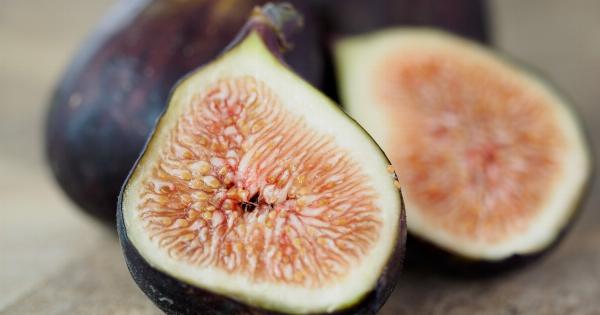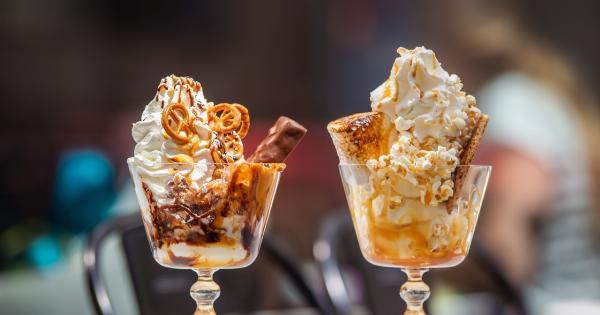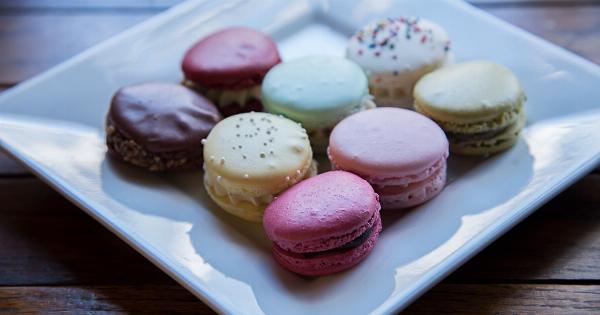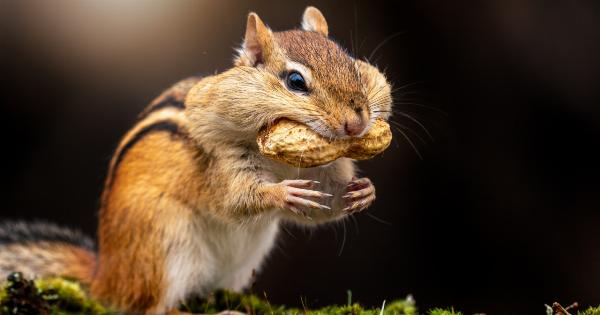Indulging in something sweet can be one of life’s great pleasures.
Whether it’s biting into a decadent chocolate cake, savoring a refreshing fruit salad, or enjoying a warm and gooey cookie, there’s just something about sweets that brings a smile to our faces. In this article, we explore the world of sweet treats and why they have such an irresistible appeal. From the science behind our love for sugar to the cultural significance of dessert, get ready to satisfy your sweet tooth!.
The Science of Sweet
Have you ever wondered why we crave sugary foods? It turns out there’s a scientific reason behind our love for sweet flavors. From an evolutionary perspective, our preference for sweet tastes can be traced back to our hunter-gatherer ancestors.
In nature, sweet foods are often a sign of ripeness and a good source of energy. Our sugar cravings may have thus developed as a way to ensure our survival by seeking out nutrient-rich foods.
When we consume sugar, our brain releases dopamine, a neurotransmitter associated with pleasure and reward. This dopamine release reinforces our desire for sweet foods, creating a cycle of craving and satisfaction.
However, it’s essential to strike a balance and enjoy sweets in moderation to maintain a healthy lifestyle.
Types of Sweet Treats
The world of sweets is incredibly diverse, offering a wide array of options to suit every preference. Here, we explore some popular types of sweet treats:.
1. Chocolate
Dark, milk, or white – chocolate is a universally loved treat. Whether eaten on its own, incorporated into desserts, or used as an ingredient in savory dishes, chocolate adds a touch of sweetness and richness to any dish.
From artisanal bars to truffles and bonbons, chocolate comes in various forms, making it a versatile indulgence.
2. Cakes
Cakes are the quintessential celebratory dessert. From towering wedding cakes to single-serving cupcakes, cakes come in countless flavors and designs.
Whether you prefer a classic vanilla cake, a rich chocolate ganache, or an exotic fruit-infused creation, the soft and moist texture combined with delectable frosting is a delight for the taste buds.
3. Pastries
Buttery croissants, flaky danishes, and delicate éclairs – pastries are a true testament to the artistry of baking.
These light and airy treats are often filled with sweet creams, fruit preserves, or chocolate, creating a harmonious balance of flavors and textures. Whether enjoyed for breakfast, as an afternoon snack, or as a dessert, pastries are a delightful indulgence.
4. Ice Cream
There’s nothing quite like a scoop of creamy, cold ice cream on a hot summer day.
From classic flavors like vanilla and chocolate to innovative creations such as salted caramel or lavender-infused options, ice cream is a timeless treat enjoyed by people of all ages. Whether in a cone, a cup, or sandwiched between two cookies, ice cream never fails to bring joy.
5. Pies
With their flaky crusts and luscious fillings, pies are a beloved dessert worldwide. From traditional apple and pumpkin pies to more unique variations like key lime or pecan, there’s a pie for every taste preference.
Topped with a dollop of whipped cream or enjoyed à la mode, pies offer a comforting and satisfyingly sweet experience.
The Cultural Significance of Dessert
Sweet treats hold significant cultural value in various societies across the globe. Desserts are often associated with celebrations, rituals, and traditions.
For example, in Western cultures, a birthday cake is a staple of birthday celebrations, while a wedding isn’t complete without a grand wedding cake. Similarly, festivals and holidays often have their own signature sweets, symbolizing joy, abundance, and togetherness.
In many cultures, desserts are also passed down through generations, preserving family traditions and heritage. Recipes for treasured desserts are shared and treasured, creating a sense of connection and nostalgia.
Sweet treats serve as a way to bring people together, fostering social connections and creating memorable moments.
Health Considerations
While desserts are undeniably delicious, it’s important to be mindful of the potential health implications of consuming too much sugar.
A high intake of sugary foods can contribute to weight gain, increase the risk of developing chronic conditions like diabetes and heart disease, and have a negative impact on oral health. Moderation is key when it comes to enjoying sweets, and opting for healthier alternatives or reducing portion sizes can help maintain a balanced lifestyle.
Conclusion
Sweet treats have a magical way of eliciting happiness and satisfaction. From the science behind our cravings to the cultural significance of dessert, there’s no denying the appeal of a satisfyingly sweet indulgence.
Whether you prefer a classic slice of cake, a scoop of ice cream, or a homemade pie, take a moment to delight in the sweetness life has to offer. Just remember to enjoy in moderation, savor each bite, and share the joy with your loved ones.





























